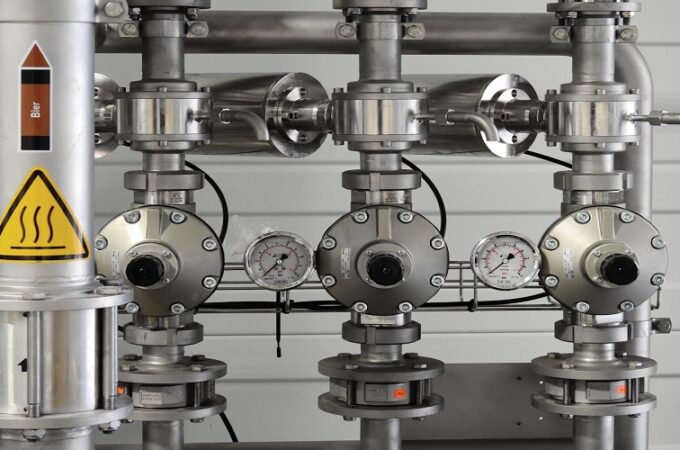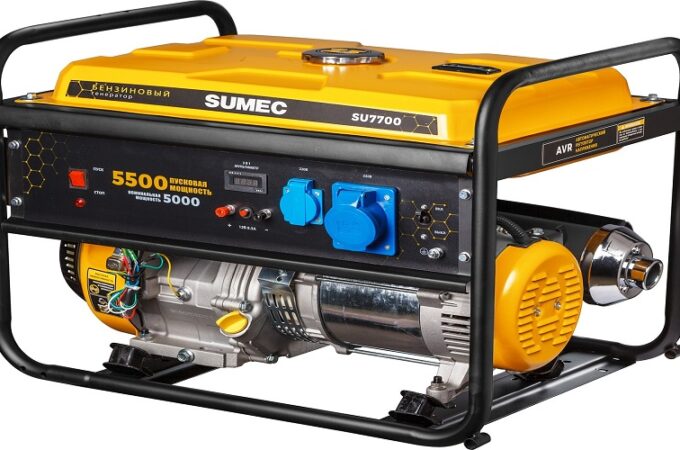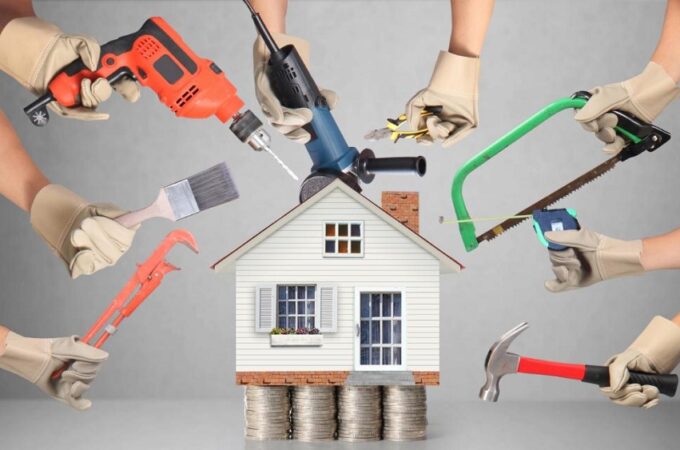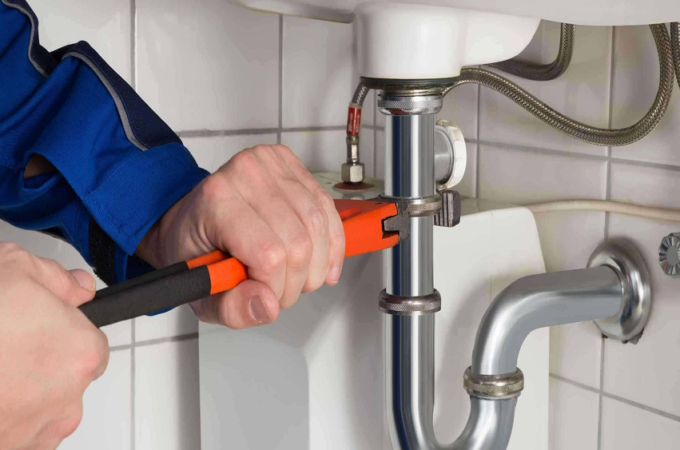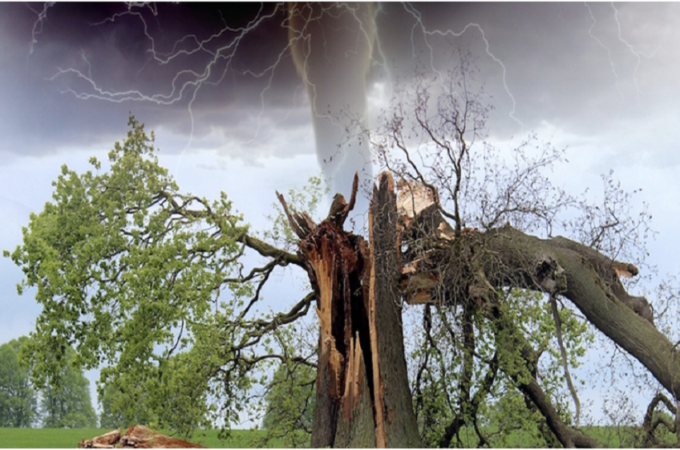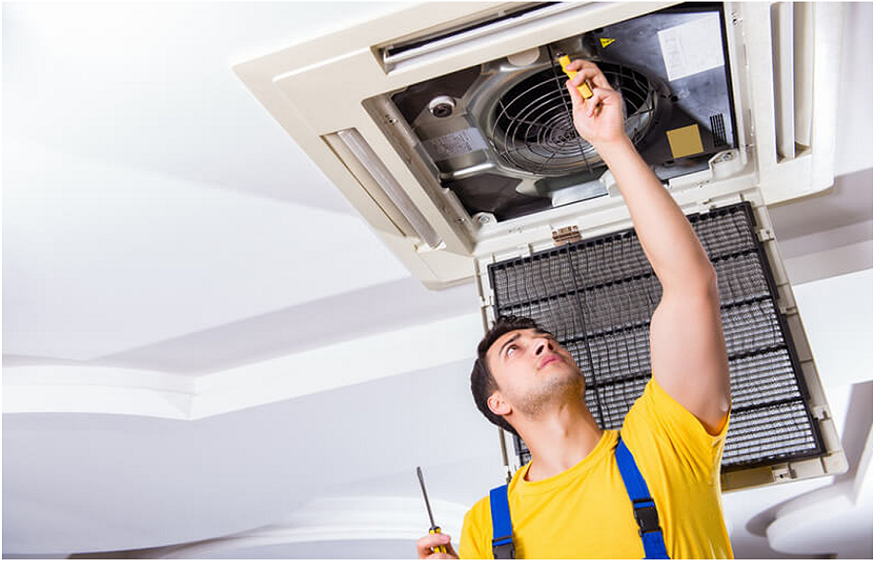
Why is the Air Conditioner Not Blowing Cold Air but Running?
It is no fun when the AC does not work, but it always happens. And when it happens, there is a good chance that it is during the summertime. It always happens during the hottest day of the year, and no matter how low people set their thermostat, the AC will not blow enough cool air.
Outside the property, the condenser compressor (heat pump or AC unit) is just part of an AC system. Indoor handler units (fan coils or furnaces), evaporator coils, thermostats, filters, and copper tubing or refrigerant lines that link the outdoor and indoor systems are all common parts of split-type systems.
To know more about how HVAC works, click here for more details.
So, the big question is, “Why is the AC system not cooling the house properly?” There are a couple of answers to this question. But homeowners should not be concerned. Just because their system is not cooling does not mean they have to spend tons of money upgrading their unit or purchasing a new system. Most of the property owners are capable of doing some troubleshooting and will be able to fix the issue.
Although there are times that they will need to contact the nearest Heating, Ventilation, and Cooling firm for reliable support. There are tons of reasons why the unit could be working but not dropping the temp in their house, ranging from fundamental issues like a dirty filter or improperly set thermostat to more complex situations that need replacement.
The thermostat has been inaccurately set
Owners should always check their unit’s thermostat settings first if their property is getting a little hotter compared to the usual temperature. They need to make sure that the temp is set to cool. Homeowners need to turn it back to cool mode if it is turned off, set it to heat, or set it for the continuous fan (usually clearly labeled “ON”).
Wait a couple of minutes after the device has turned on before checking it for cool air blowing from the unit’s registers. If it is cold, there is no need to worry. If it is not blowing cool air, people can proceed to the next step of troubleshooting: inspect filters.
Click https://www.explainthatstuff.com/thermostats.html to know more about thermostats.
Dirty filters
The AC system may have filters in or near the handler assembly. When pollen, soil, or other particles enter the handler machine, filters capture them. It makes the unit’s parts more functional and a lot cleaner. It can also help keep the air in the house cleaner. Clogged filters will obstruct flow and can cause home overheating. It may also trigger the device to shut down in extreme cases.
If the thermostat is not busted, but the homeowner still does not have cool air, they can take a look at their system’s filter, turn off the device, uninstall it, and do some troubleshooting. If the central device still does not cool the property after the owner has confirmed that their filter is pretty safe, they will need to look harder to find the source of the issue.
Refrigerant leakage
Chemical refrigerants are very important to the unit’s cooling process. It changes from liquid state to gas shape as it passes through the device’s outdoor and indoor coils, drawing heat and humidity from the air inside and releasing it outside. Leaking refrigerants can cause the AC not blowing cold air, operate for long periods without adequate cooling of the property, or cause a faulty or damaged compressor, as well as the total shutdown of the system.
The condenser is obstructed
The condenser’s exterior features an extensive outdoor coil that stretches most of the way around the AC. It is made up of thin metal fins that are closely spaced. A clogged or jammed coil could cause the device to run but not drop temp inside. The condenser fan will pull air into the outside device using condenser coils to extract heat energy from the house while it is working adequately.
Grass, dirt, and other particles can clog these things by accumulating between fins. Dirty coils can result in lower efficiency, a loss of cold mist at registers, or in an extreme case, compressor damage or full-system shutdown because of overuse. Clearing dirt, adequate vacuuming coils using brush attachments, or softly rinsing these coils using a water hose are all viable options for cleaning coils.

